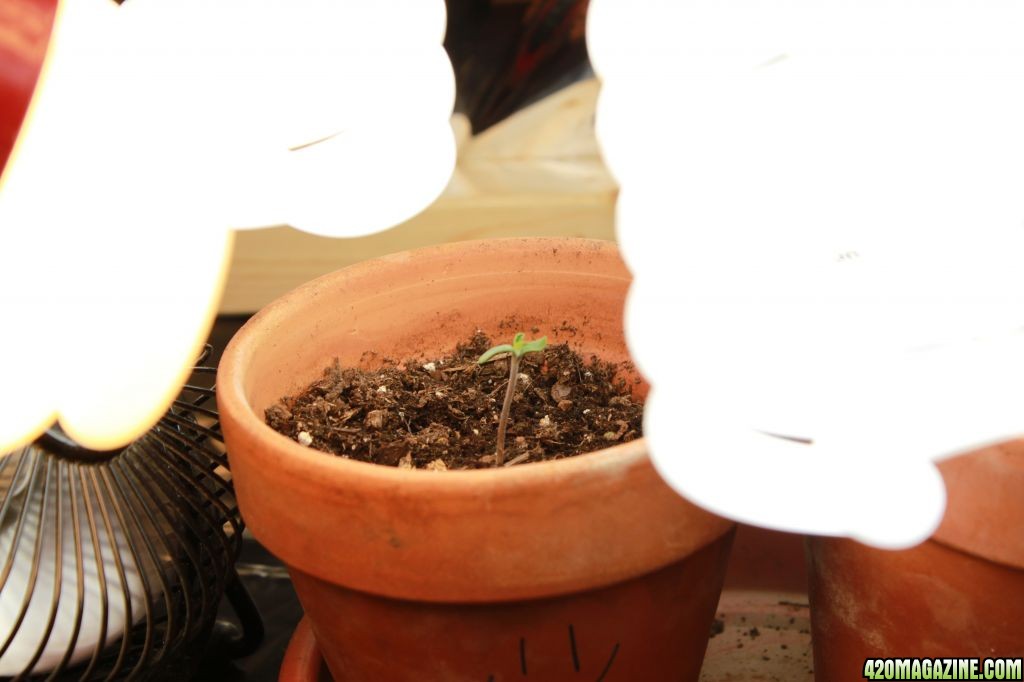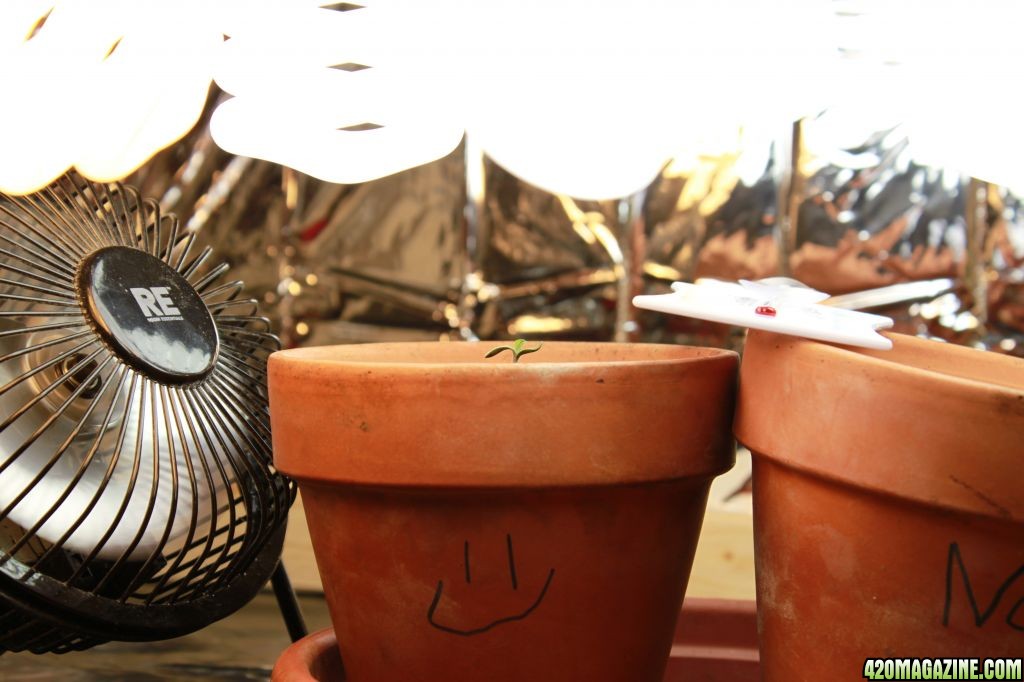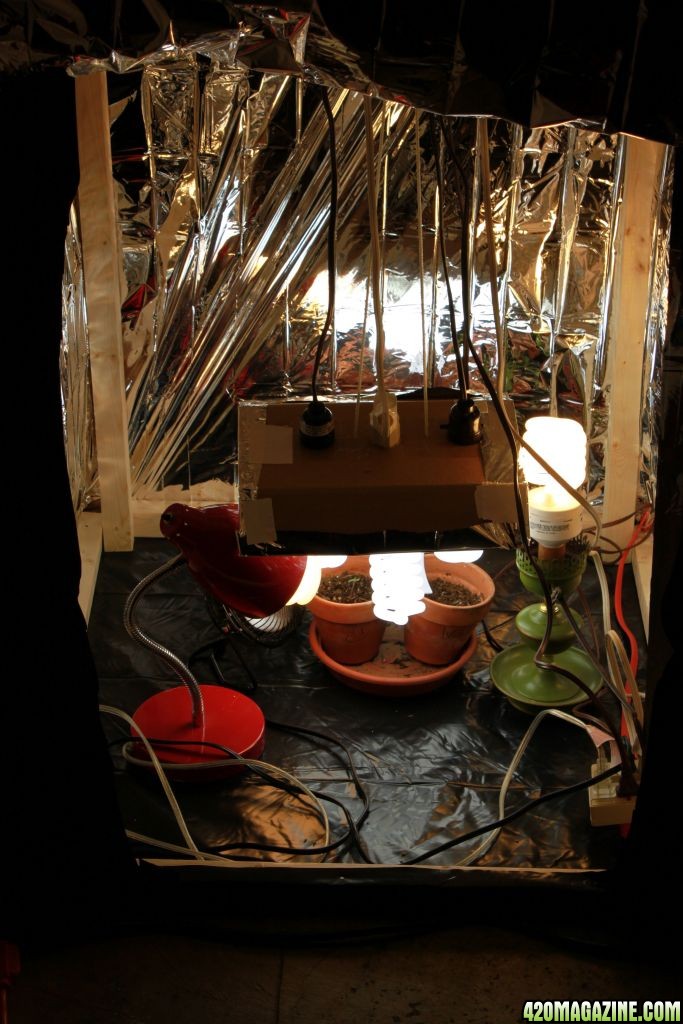MJGrowinCat
Well-Known Member
Hi everyone! Ive been lurking around this and other forums a lot lately because Ive decided to start my first ever grow, Ive been reading grow books and researching for about the last year and decided that it was time to give it a shot.
Is it in Veg or Flower stage?
Veg
If in Veg... For how long?
About a week shes just a seedling
Indoor or outdoor?
Indoor, i built a tent that's 2.25'x2.25'x3.5' How many plants do you think i could fit in there? i am thinking 4 is my max.
Soil or Hydro?
Soil
If soil... what is in your mix?
MG (yeah i know i have almost no money right now and it was in the garage, i will be getting something better soon)
Size of light?
4x 42w 5500k CFL's and 4x 42w 2700k CFL's
Is it aircooled?
yup small desk fan
Temp of Room/cab?
85 right now
How often are you watering?
Once a day
Type and strength of ferts used?
When i get some cash (hopefully at the end of this week) i will be ordering BPN



Is it in Veg or Flower stage?
Veg
If in Veg... For how long?
About a week shes just a seedling

Indoor or outdoor?
Indoor, i built a tent that's 2.25'x2.25'x3.5' How many plants do you think i could fit in there? i am thinking 4 is my max.
Soil or Hydro?
Soil
If soil... what is in your mix?
MG (yeah i know i have almost no money right now and it was in the garage, i will be getting something better soon)
Size of light?
4x 42w 5500k CFL's and 4x 42w 2700k CFL's
Is it aircooled?
yup small desk fan
Temp of Room/cab?
85 right now
How often are you watering?
Once a day
Type and strength of ferts used?
When i get some cash (hopefully at the end of this week) i will be ordering BPN






